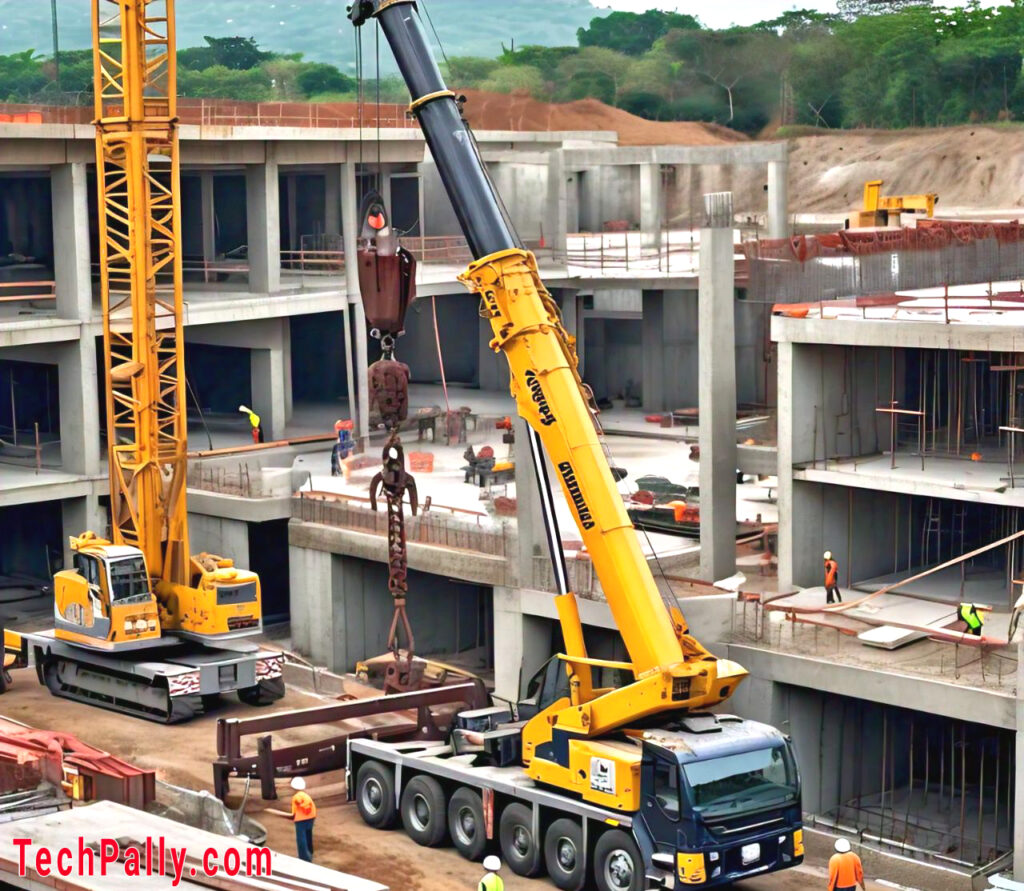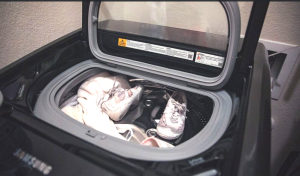Types of Cranes, their Components and Uses

Moving industrial machines and loads in the construction site wouldn’t have been easy without cranes.
The impacts of cranes in moving heavy tools
The cranes play vital role in this, reduce workforce, manpower and thereby maximize time to improve service and increase productivity.
Cranes also help limiting risks of damage in moving heavy tools and have made great impact in the ports and mining industry.
With tower and vehicle cranes, loads can be lifted, moved in the working area of the crane.
For cranes to be able to lift heavy tools, the lifting hook should also be of good quality.
Hook is the device fixed to the crane to lift the loads.
It should be well fixed so as keep the rope sling or chain with which the load is attached together.
 p
p
Types of Cranes
There are four major types of cranes based on their model and functions on sites.
These are truck mounted crane, rough-terrain crane, crawler, and floating.
However, there are other cranes with some specific functions such as bridge or overhead cranes, ship or deck cranes, loader, stacker, boom cranes, tower cranes among others.
Each of these cranes consist of substructures that work together in lifting or moving the tool.
For example, the tower cranes consist of the booms, towers, pivot and crane substructures.
They are usually used for weighty tool and high offloading and for the crane not to tip over, it requires a support to the boom and the attached load.
The boom
There are several booms with varying shapes and functions in the crane.
The first Boom : This one is the more or less horizontal Part of a crane On which the Loads hang.
Depending on the load you’re working on, the boom can be be buckled, left moving up and down or leave the load rope on it moving back and forth.
The Needle Boom: This is also called the Sean boom and it’s fixed below the spire top in the pivot.
It’s waved up and off via The Cantilever Rope, which runs over rolls on the Top of the spire.
They are important where the crane souls have to work in a small environment.
The Button Boom: These cranes are much needed in some special operations like during the construction of mast or TV towers.
In the Buckling Boom, the two-piece Tickdriver Can be varied by Buckling in a Connecting joint.
The Crane Tower
The crane tower can be raised or lowered hydraulically.
Most times it has climbing facility and when it does, the tower can be lifted since it has a lower Height of construction and is often telescopic.
An example of this is the rapid Reaction cranes. This can be set up or disengaged and reassemble relatively quickly with the help of Hydraulics.
The Crane Substructure
Tower cranes can either have a suspension, tyres, caterpillars as components or firmly set up in one unit.
The one as single unit, which is stationary is placed on strong foundation block and it will be cemented with the foundation slab of the construction or clamped like the Elevator Shaft.
Vehicle Cranes
These are Road vehicles that have Lifting devices which have rotating telescopic or Lattice Mast boom.
The Vehicles are powered almost exclusively by Diesel engines.
The Power Transmission is usually hydrostatic via Hydraulic pumps, less often via Mechanical Manual transmission.
Since Hydraulic Pumps are much easier to use and the Work Rate can be better regulated, they’re good alternatives when fixed cranes are not available.
Also, when there is no Power Supply or the Crane is only needed for a very short time, vehicle crane can be so helpful and can even lift heavier loads than Tower Cranes.







